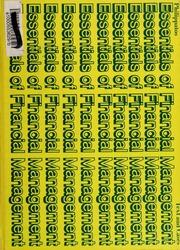Answered step by step
Verified Expert Solution
Question
1 Approved Answer
Lacy is a single taxpayer. In 2017, her taxable income is $40,000. What is her tax liability in each of the following alternative situations? Use
Lacy is a single taxpayer. In 2017, her taxable income is $40,000. What is her tax liability in each of the following alternative situations? Use Tax Rate Schedule for reference. (Do not round intermediate calculations. Round your answer to 2 decimal places.)
a. All of her income is salary from her employer.
Tax liability:$____________
b. Her $40,000 of taxable income includes $1,000 of qualified dividends.
Tax liability:$____________
c. Her $40,000 of taxable income includes $5,000 of qualified dividends.
Tax liability:$_____________________

Step by Step Solution
There are 3 Steps involved in it
Step: 1

Get Instant Access to Expert-Tailored Solutions
See step-by-step solutions with expert insights and AI powered tools for academic success
Step: 2

Step: 3

Ace Your Homework with AI
Get the answers you need in no time with our AI-driven, step-by-step assistance
Get Started


